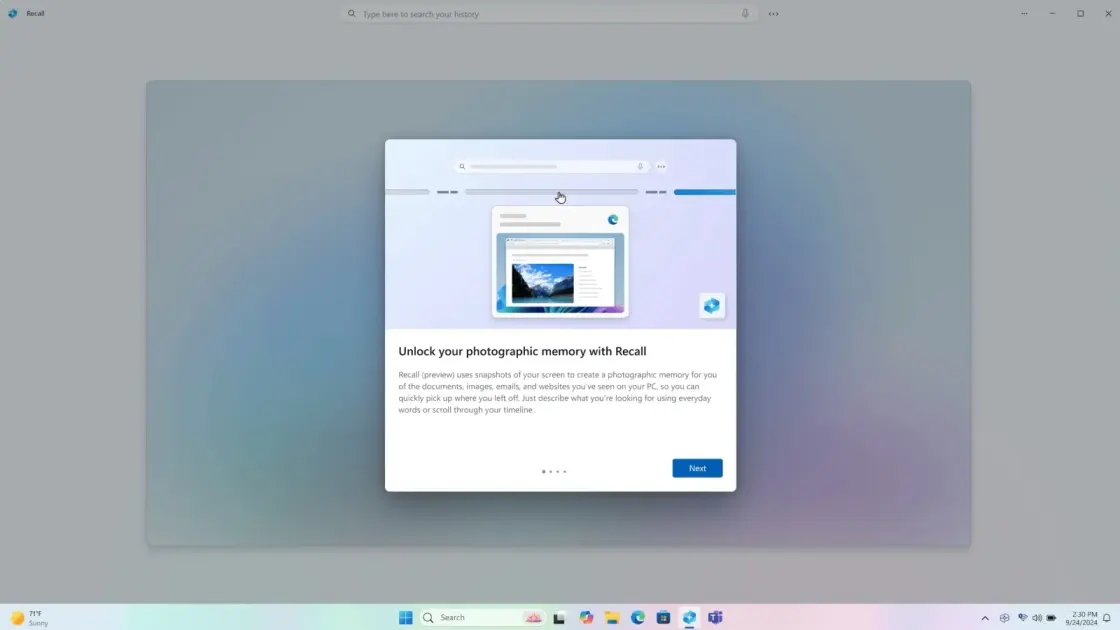Microsoft's Recall Feature: The Comeback Trail Heats Up

Microsoft's innovative AI feature, Recall, has progressed through Microsoft's testing channels, moving from its initial beta launch on compatible Copilot+ PCs last fall to now being available in the Release Preview Channel. This latest milestone signals the feature is approaching its final stages before a full public rollout, bringing users closer to experiencing this cutting-edge AI memory tool.
The Release Preview Channel represents the penultimate testing phase for Microsoft, where features are refined and prepared for widespread deployment. By advancing Recall to this channel, Microsoft demonstrates confidence in the feature's stability and readiness for broader user interaction.
